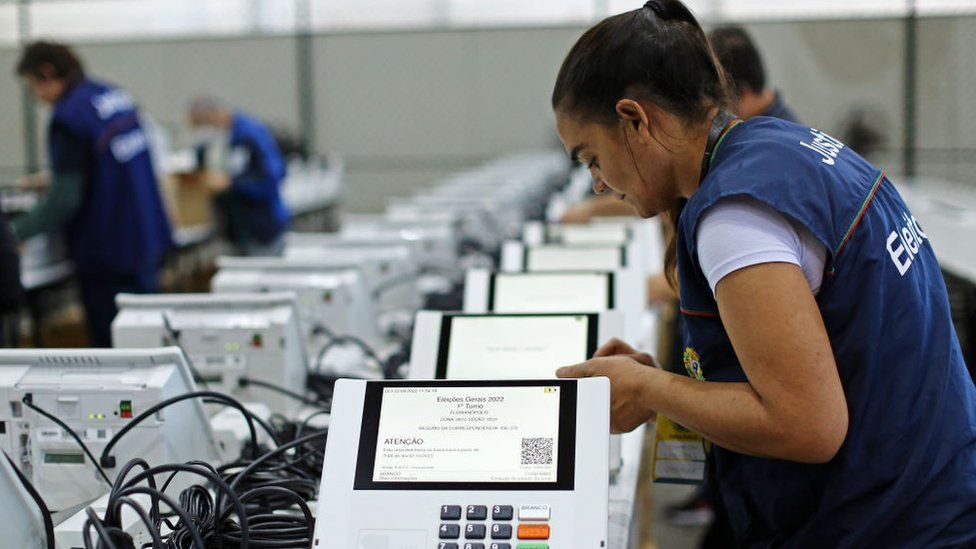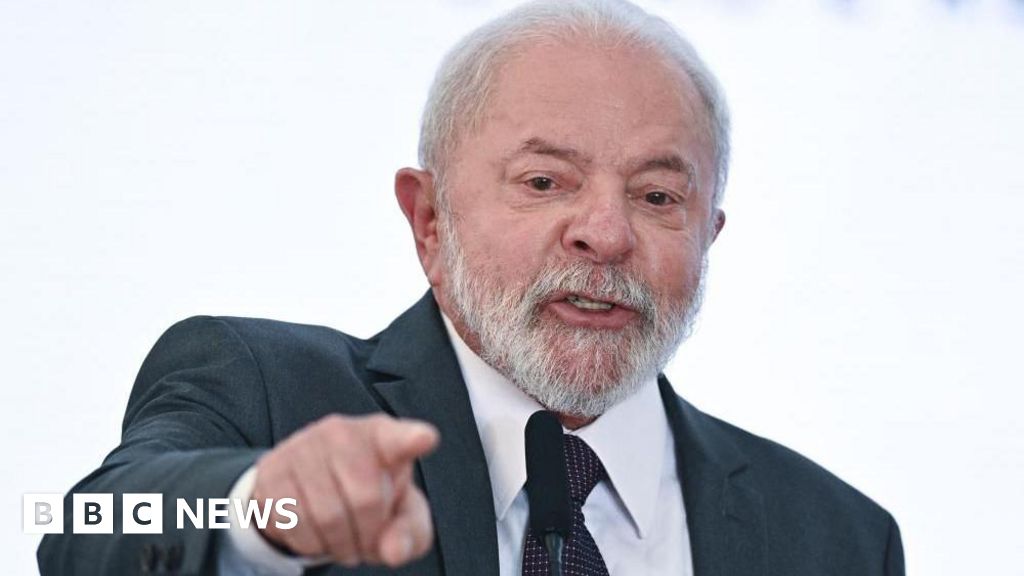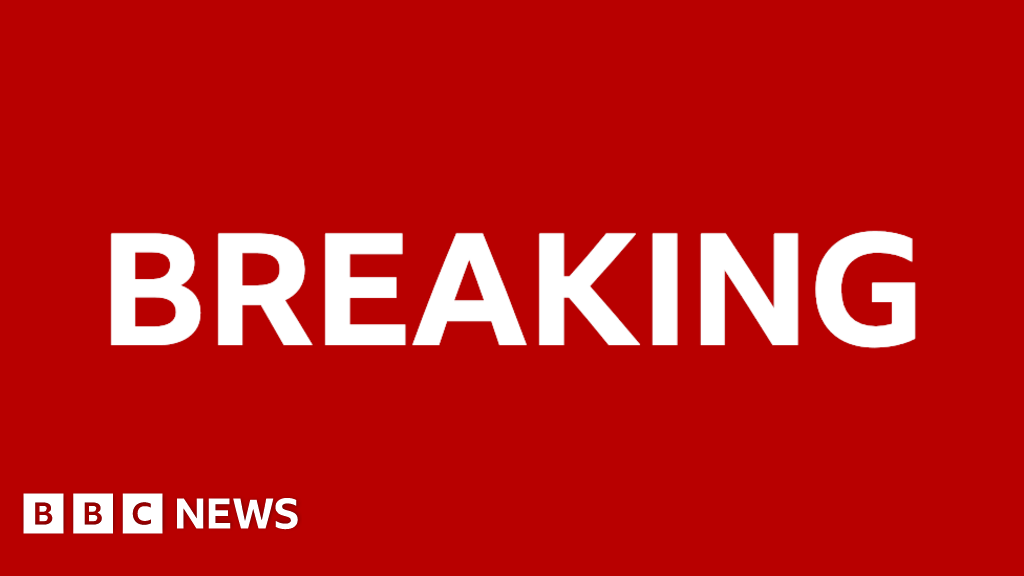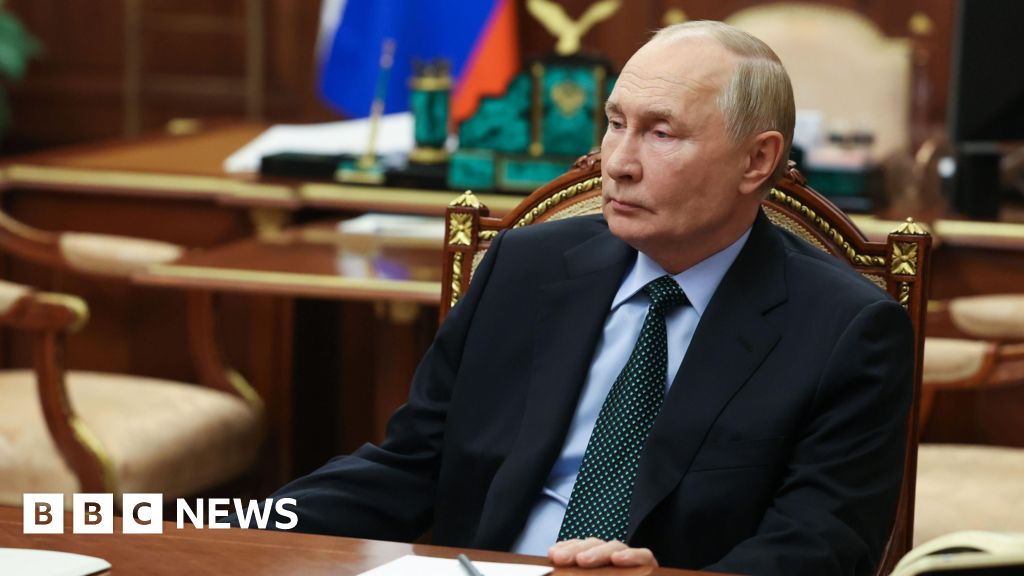ARTICLE AD BOX
By Juliana Gragnani & Jake Horton
BBC Reality Check & World Service Disinformation Team
 Image source, Getty Images
Image source, Getty Images
Before a vote has been cast in Brazil's forthcoming election, current President Jair Bolsonaro is sowing doubts about how secure the country's voting system is.
While campaigning, he has said that the voting machines used across Brazil are open to fraud, with echoes of Donald Trump's rhetoric around the 2020 US presidential election.
"The system is completely vulnerable," claims President Bolsonaro, without providing evidence.
How does voting work in Brazil?
Voting is done electronically, as has been the case since 1996.
Each candidate has a number, and on election day voters type the number of their chosen candidate into a voting machine at polling stations across the country.
Image source, Getty Images
Image caption,Voters punch their choices into electronic voting machines like the one above
The votes are then counted by the machines, and the totals are sent electronically to a central office. Votes from across the country are tallied up and a final result is announced, usually within hours of polls closing.
Each machine also prints out a paper copy of the totals for each candidate. When polls close they are displayed publicly at polling sites, and each machine's votes can be compared with the total recorded by the electoral court.
This year, for the first time, these paper copies will be published online after voting ends.
What is Bolsonaro's claim?
President Bolsonaro has said: "We cannot have dubious elections in 2022. Public counting of votes is needed."
He's been making similar claims for years. After winning the 2018 presidential election in a run-off, he claimed voting fraud robbed him of an outright victory in the first round, which he won by a 17 point margin with 46% of the vote.
Image source, Getty Images
Image caption,Polls suggest Jair Bolsonaro is trailing in the 2022 presidential race
Brazilians vote electronically, so there are no paper copies of individual ballots.
This has been highlighted by President Bolsonaro as a security issue, and he has called for "printable and auditable" paper ballots to safeguard the electronic system.
"It's impossible to audit elections in Brazil," President Bolsonaro declared in July during a meeting with ambassadors.
He says it is "easy to rig" electronic voting machines by altering their source code, the internal commands within a machine's software.
What evidence is there of fraud?
It's not true to say you can't audit the vote in Brazil. The machines can retrieve votes cast for an electronic recount.
Such an audit took place in the 2014 presidential election, which concluded that there was no foul play.
"There is no reasonable proof of fraud going on in the past, at least in big audits that have been done," says Prof Marcos Simplicio, who took part in the auditing of the 2014 election.
The Supreme Electoral Court, the body that oversees Brazil's election, says the system has a series of procedures in place to secure the vote.
For example, a number of voting machines are selected at random to be removed from polling sites for a test vote alongside the actual vote on election day.
These are checked to be working correctly by entering test votes for each of the candidates in a process witnessed by party representatives.
Image source, Getty Images
Image caption,Voting machines being prepared ahead of voting in Brazil
"The vote placed in the electronic ballot box is secured by several mechanisms. The software goes through several tests, including tests with experts and outside investigators who try to break its security," says Julio Valente, the Information Technology Secretary of Brazil's electoral court.
Before each election the court invites researchers and software experts to look for vulnerabilities in the voting system. This year, more than 20 experts tried to penetrate the system but failed to do so.
However, over the years experts have said improvements could be made.
"The security of the Brazilian election system relies heavily on the system's software, which has been the main point of criticism from the academic community since the 90s," says Prof Paulo Matias, a computer security specialist at the University of São Carlos.
President Bolsonaro has also claimed votes are counted in a "secret room" out of public view at the central electoral office.
The votes are counted by computers that are located in a secure room but party representatives can monitor the process.
"The view of most of the technical community is that fraud is really hard in the current system. The system can be improved and should be, but that doesn't mean there's been fraud," says Prof Simplicio.
How has voting machine misinformation spread?
Allegations that the system is unreliable have spread across social media - often in groups backing the president.
Just a quarter of Bolsonaro supporters say they trust the electoral system "a lot", and almost a third don't trust it "at all" according to a recent survey.
Videos containing misleading information from previous elections are used to cast doubt on the system. Two videos that were spread following the 2018 election showed voters entering Bolsonaro's number and receiving the message "null vote".
Image source, Reprodução
Image caption,Bolsonaro has presented several videos debunked by election officials
However, on the election day, Brazilians don't vote only for the president. They also cast votes for other political representatives, such as senators and governors, and use unique numbers to do so.
A closer look at the two videos shows that Bolsonaro's number had been pressed when the voter was asked to choose a governor. When there is no candidate with that number, a "null vote" message is displayed. Voters can still correct the mistake and press the right number before confirming their vote.
Another video allegedly showed a man pressing Bolsonaro's number and the machine showing his rival's picture instead.
At the time, the electoral court debunked the video, saying it had been edited. The video didn't show the voting machine buttons and screen at the same time, which meant different images could've been stitched together.
Additional reporting by Mariana Sanches

 2 years ago
19
2 years ago
19








 English (US)
English (US)